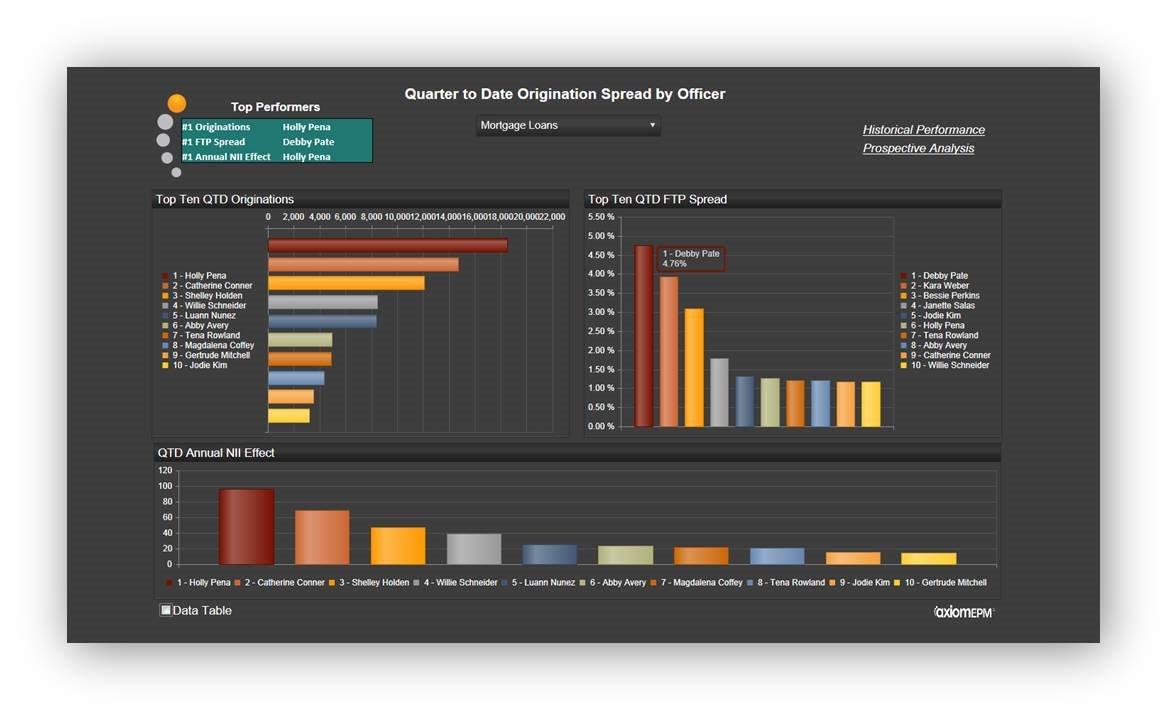 For decades, funds transfer pricing has been one of the most important management tools for the financial industry, as it is the key factor in determining the profitability of a credit unions' members, products, organizational units and channels. With clearer insight into how these factors contribute to a credit union's net interest margin, executives can make more informed decisions regarding its profitability drivers and therefore effectively determine product pricing.
For decades, funds transfer pricing has been one of the most important management tools for the financial industry, as it is the key factor in determining the profitability of a credit unions' members, products, organizational units and channels. With clearer insight into how these factors contribute to a credit union's net interest margin, executives can make more informed decisions regarding its profitability drivers and therefore effectively determine product pricing.
The challenge is not necessarily the calculating of FTP rates but in how many of today's credit unions fall short in terms of how they analyze and leverage that information to make more-informed decisions. Many institutions focus solely on calculating precise FTP rates, which under-utilizes the analytical value that a deeper FTP reporting tool would provide.
Implementing a sophisticated, well-structured FTP mechanism will provide credit unions with margin clarity throughout every level of the organization. To create a clearer picture of member, business unit, product or officer profitability, a credit union must start with a theoretically sound approach to calculating FTP. This would include an FTP system with comprehensive calculation methodologies that are inclusive of appropriate assumptions reflecting the characteristics of the institution's products, such as FTP rates, a FTP yield curve and even spread adjustments. These are necessary as FTP, if calculated correctly, will be processed for each individual account (record level) and be based on that product's characteristics.
 Once this FTP process is in place, credit unions should ensure their FTP reporting framework goes beyond typical accounting reports and adds an analytical framework for the institution.
Once this FTP process is in place, credit unions should ensure their FTP reporting framework goes beyond typical accounting reports and adds an analytical framework for the institution.
(Click on graphic to expand.)
For example this should include:
- Analysis of Risk-Based Pricing Traditional FTP reporting includes balances, rates, FTP rates and FTP spread for the portfolio. By simply incorporating other fields such as each members FICO score, credit unions can determine whether its loan officers, departments, or channels are practicing risk-based pricing – (for example – lower credit score loans should show a higher FTP spread, higher quality loans should show lower spreads). If reports indicate that there is no measurable distinction between higher and lower credit quality loans, it reveals the credit unions' lack of correlation between its pricing and risk.
- Analysis that Considers the Time Dimension Utilizing a robust database, a credit union can gain insight into the historical and current pricing decisions that have been made by the institution. Although it may seem important that a credit union focuses just on its portfolio's current activity, it can gain a great deal of insight by also analyzing historical trends. Reviewing a loan officer's current loans is indeed important, but by going back to prior periods' pricing decisions the credit union can gain insight into whether a currently underperforming officer (or department or line of business) has a history of bad performance. Furthermore, the credit union can also gain insight into prospective (future) performance by analyzing a portfolio's runoff over a selected time horizon which will help them understand “runoff spread” over that horizon. This will help the institution analyze what “new spreads” are needed to either maintain or grow profitability.
By ensuring some of these elements are incorporated into the FTP process, credit unions will extract considerably more value from their transfer pricing system, which as noted above, is the main component in the institution's profitability framework. To maximize value, credit unions must ensure that these processes and analytics come together holistically through one unified platform.
Ken Levey is vice president, Financial Institutions, at Axiom EPM in Portland, Ore.
© Touchpoint Markets, All Rights Reserved. Request academic re-use from www.copyright.com. All other uses, submit a request to [email protected]. For more inforrmation visit Asset & Logo Licensing.






